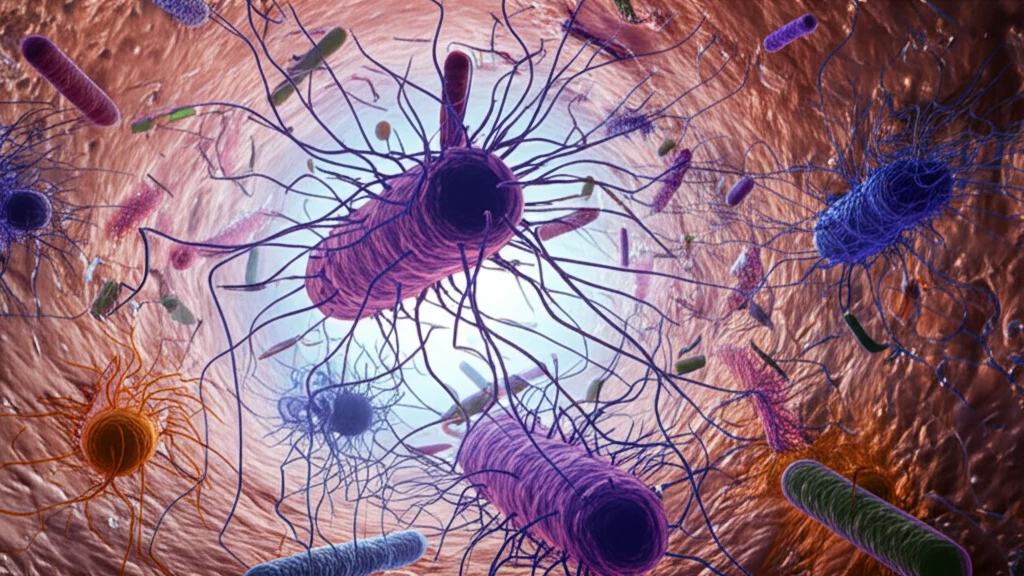
Gut Check: How Your Microbiome Could Be the Key to Weight Management
"Unlocking the Secrets of Adiposity: New Research Highlights the Gut Microbiota's Crucial Role"
Obesity is a global health crisis, with roots in both genetics and lifestyle. While it's understood that different breeds of pigs have varied tendencies towards fat accumulation, scientists are only beginning to grasp the profound role of gut microbiota in influencing fat metabolism and overall body composition. Recent studies are uncovering just how critical the gut's ecosystem is in the development of adiposity.
In a new study, researchers delved into the distinct lipogenic characteristics—or fat-producing traits—of different pig breeds. By transplanting fecal microbiota from Jinhua and Landrace pigs, breeds known for their differing fat levels, into antibiotic-treated mice, scientists aimed to isolate and observe the direct impact of gut bacteria on fat metabolism. This innovative approach allowed them to pinpoint specific microbial contributions to adiposity.
The results of this research highlight the fascinating influence of gut microbiota on fat accumulation and metabolism. The findings open exciting new avenues for potential interventions targeting the gut microbiome to combat obesity and related metabolic disorders. By understanding the intricate relationship between gut bacteria and fat deposition, we can explore novel strategies for weight management and improved health.
What Happens When You Transfer 'Obese' Gut Bacteria?

The study's methodology involved transplanting fecal microbiota from two distinct pig breeds—Jinhua and Landrace—into mice treated with antibiotics. This process effectively replaced the mice's original gut bacteria with that of the pigs, allowing researchers to observe how different microbial communities influenced the recipients' physiology.
- Increased Firmicutes to Bacteroidetes Ratio: JM mice showed a higher proportion of Firmicutes relative to Bacteroidetes, a microbial signature often associated with obesity.
- Decreased Akkermansia: A significant reduction in Akkermansia, a beneficial bacterium known for its role in metabolic health, was observed in JM mice.
Implications for Weight Loss and Beyond
This study provides compelling evidence that gut microbiota plays a crucial role in regulating adiposity. The transferability of lipogenic phenotypes across species highlights the potential for manipulating intestinal microbiota to alter host metabolism and adipogenesis. These findings have significant implications for the treatment of overweight and obesity in humans. By identifying and targeting specific microbial players, scientists can develop innovative strategies to promote healthier body compositions and overall metabolic well-being.
